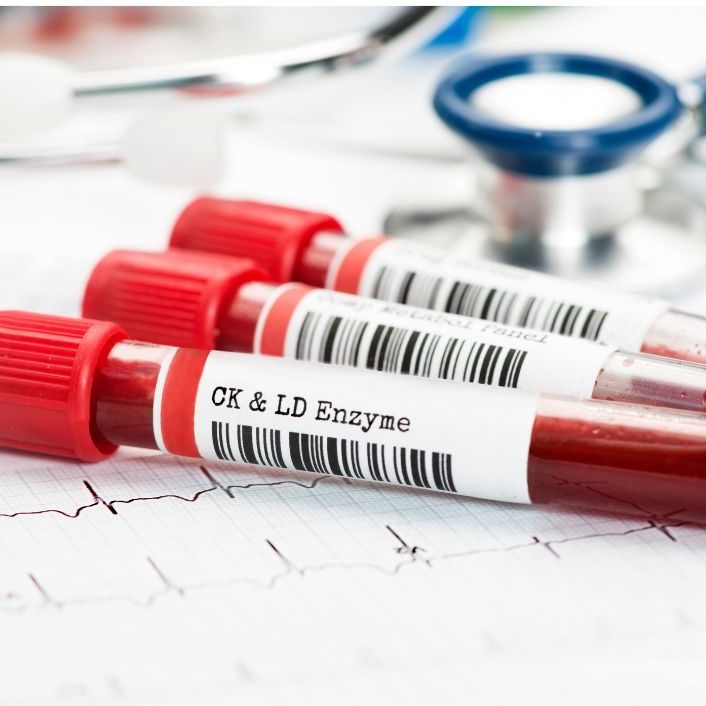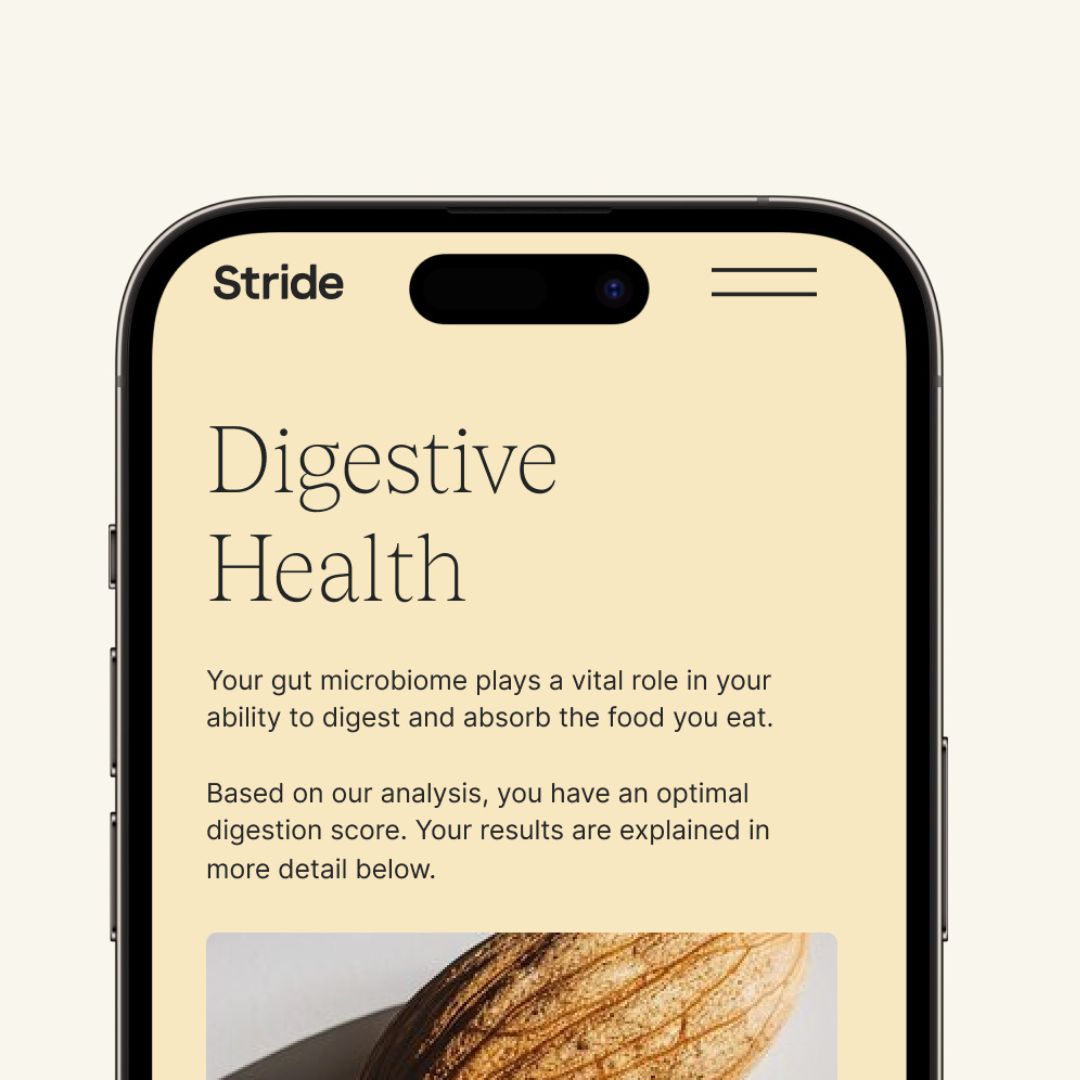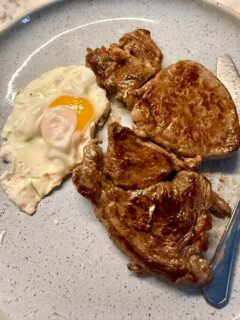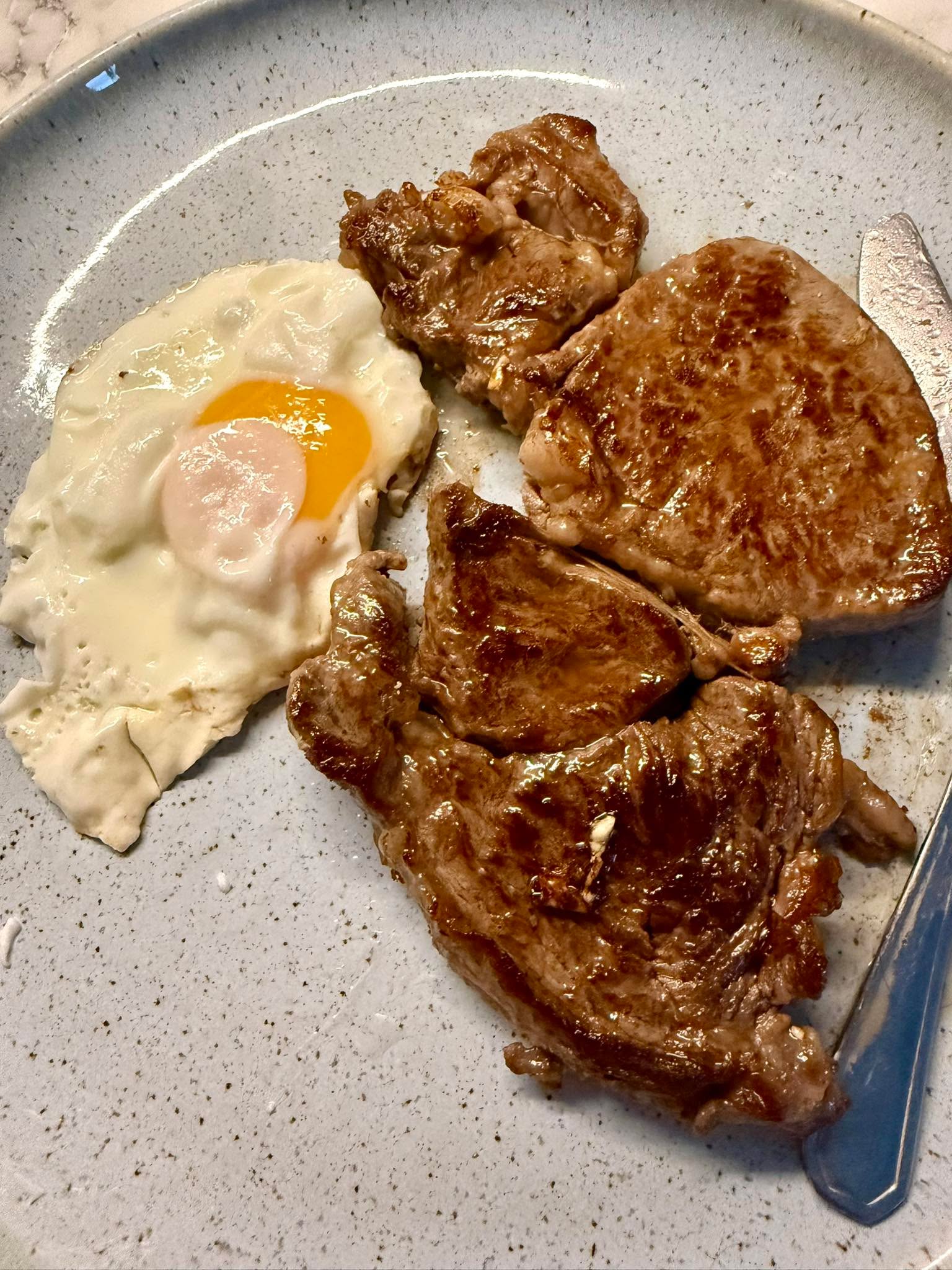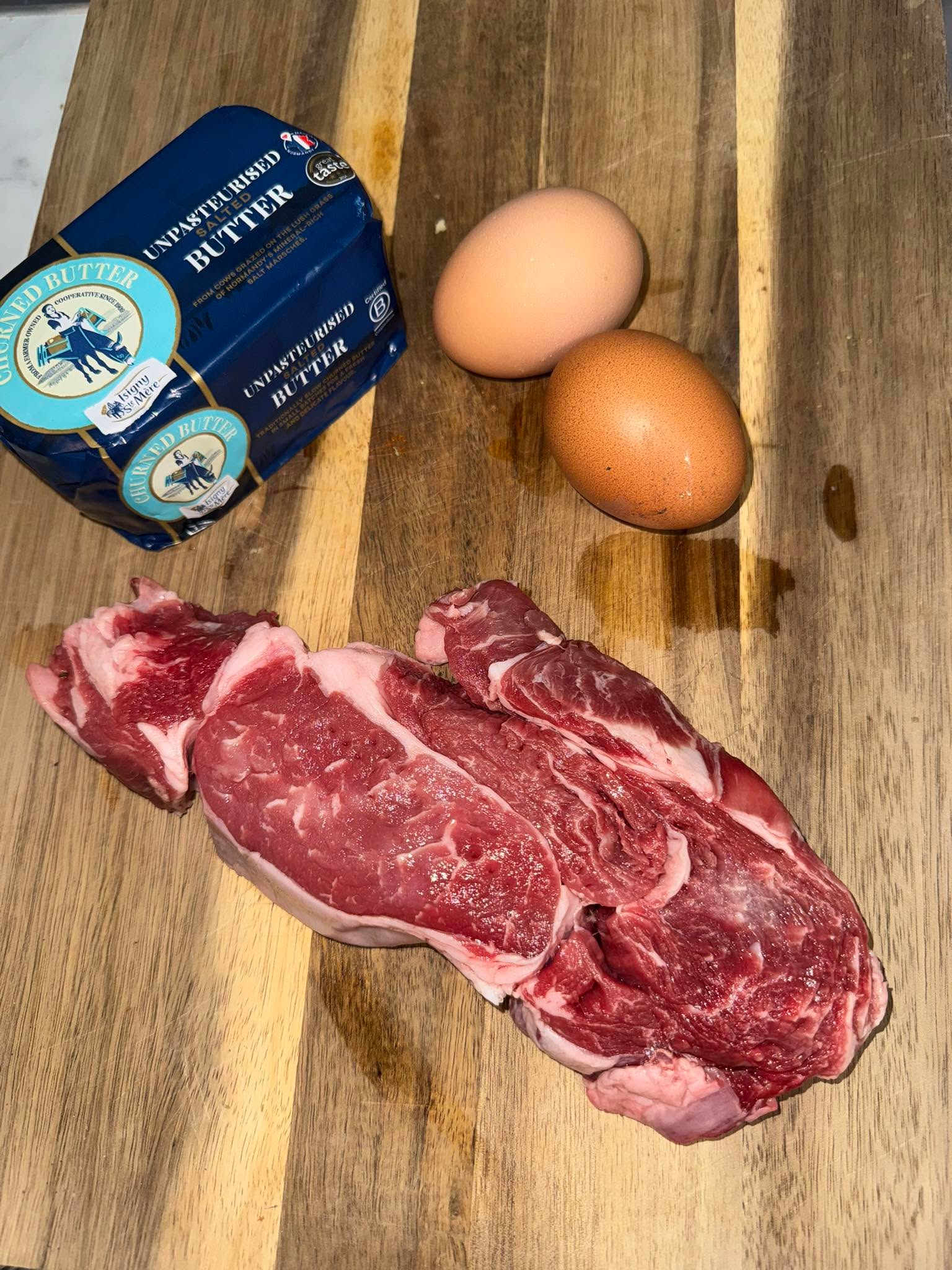Are you ready to improve your health?
Explore functional, holistic and integrative health
Understand your body so you can support it with confidence.
When you can see what is affecting your energy, digestion, sleep, hormones, and metabolism, you can make choices that actually help. No guessing and no overwhelm, just clarity and tools that work with your biology.
Your body runs on patterns. Minerals, digestion, stress load, and metabolism are all linked. When one area is under strain, the others adapt. Instead of chasing symptoms, we look at the underlying pattern that shapes how you feel. This begins with simple testing and clear guidance.
ABOUT ME
I spent many years trying to understand my health when symptoms didn’t make sense and conventional explanations fell short. That led me to study how the body works as a connected system, where minerals, digestion, stress signals, metabolism, and emotional states all influence one another. When I began supporting my body at that deeper level, things finally started to shift.
I trained at the Academy of Healing Nutrition, where I learnt to view well-being through a holistic lens, recognising that physical, emotional, mental, and spiritual health are linked. From there, I went on to advanced training in integrative health and functional medicine, continuing my professional development through CPD-accredited training. My studies have focused on physiology, mineral balance, adrenal and thyroid patterns, metabolic function, nutritional biochemistry, and the mind-body relationship.
I value clarity, curiosity, and working with the body rather than forcing or fighting it. I think the body can restore balance if we know what it needs and allow it to happen.

Testing
FOOD AS MEDICINE
Integrative Nutrition
Food is a powerful tool for preventing and managing health conditions. It is important to choose nutrient-dense foods and pay attention to the quality of our diet. I have a holistic view of nutrition, taking into consideration not only the foods you eat but also your lifestyle, emotional well-being, and individual health needs. My approach recognises the influence of mental and emotional factors on dietary choices and health outcomes. Stress reduction, mindfulness, and emotional well-being are integral to a healthy lifestyle.

